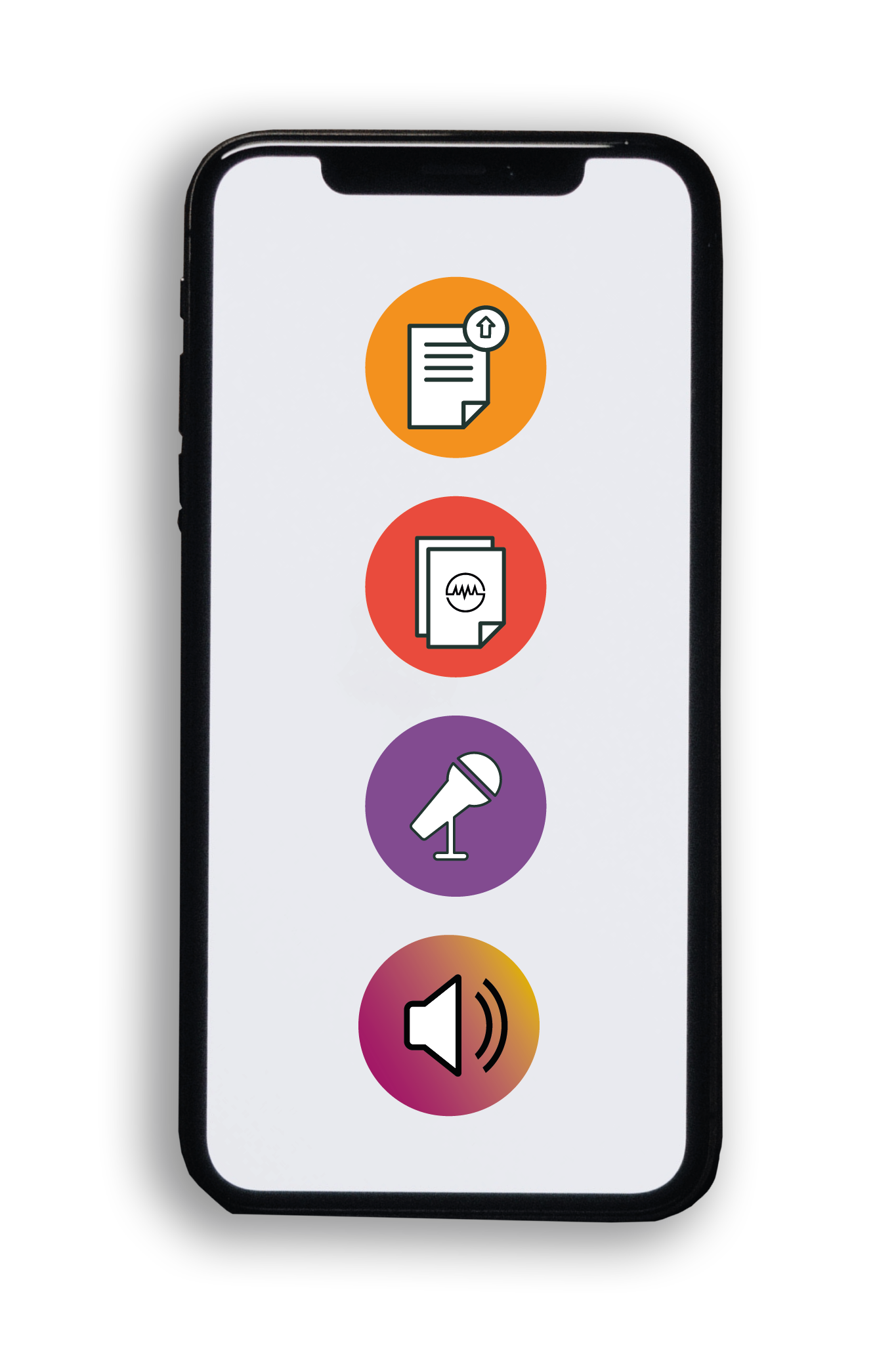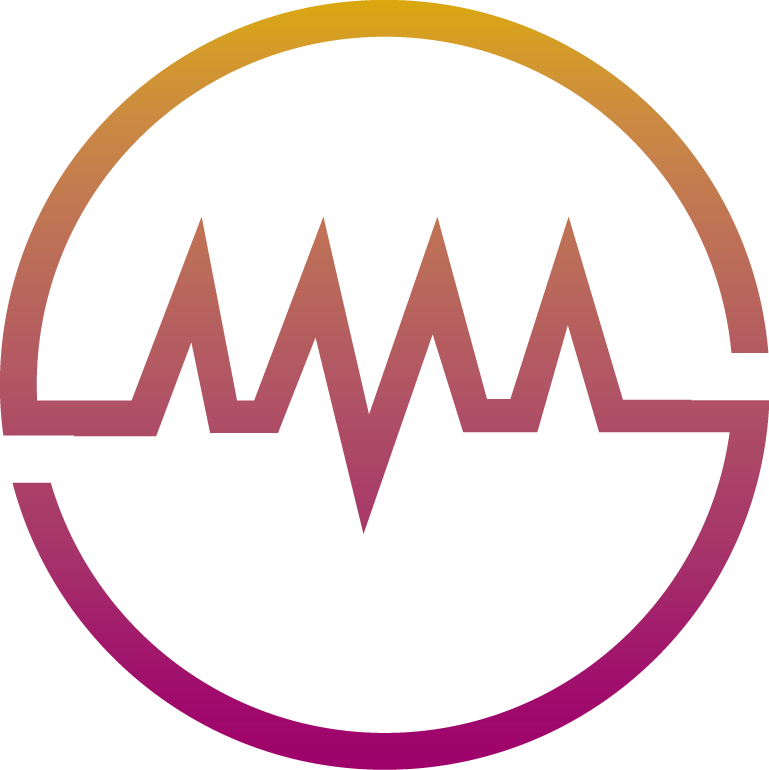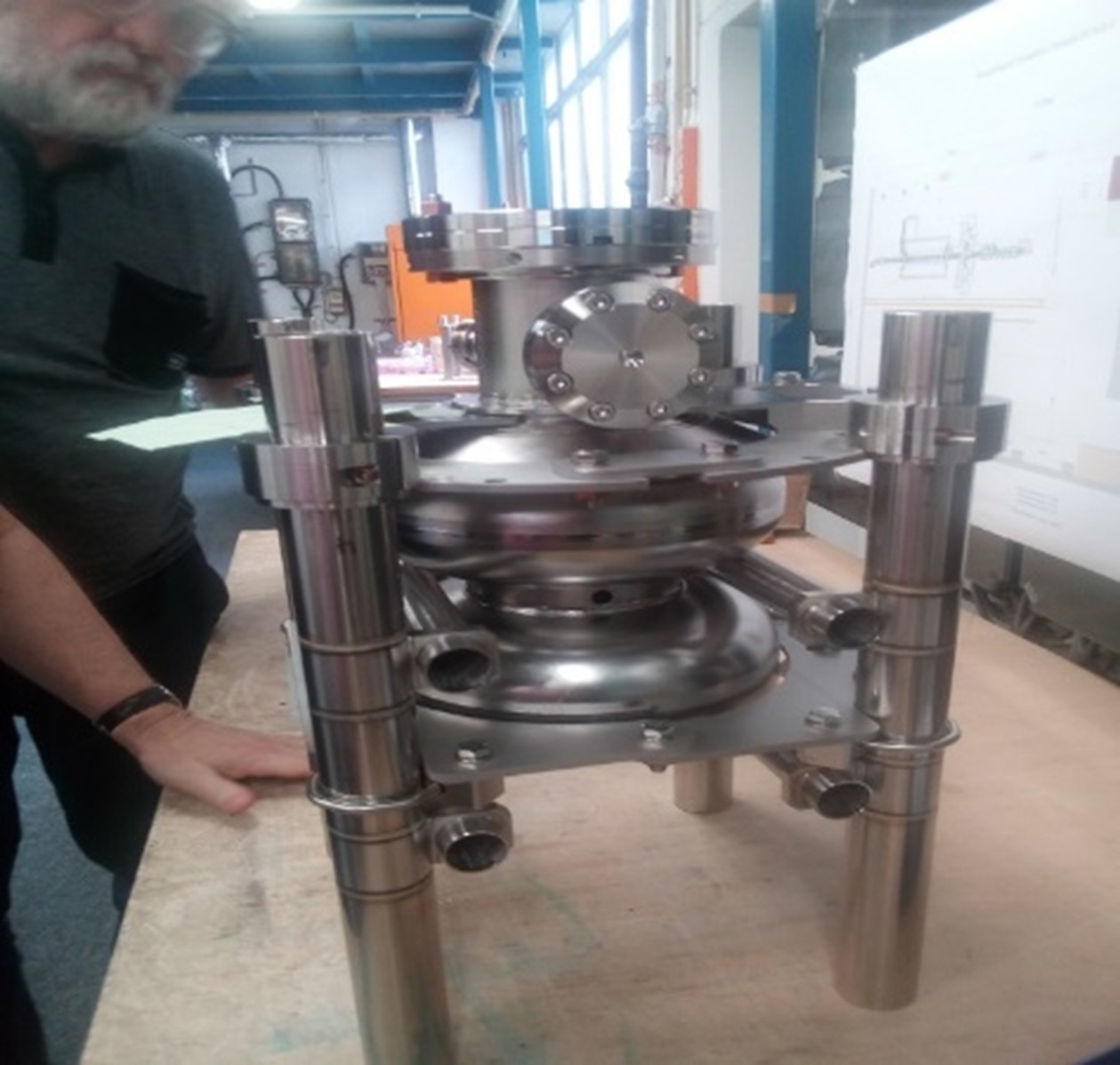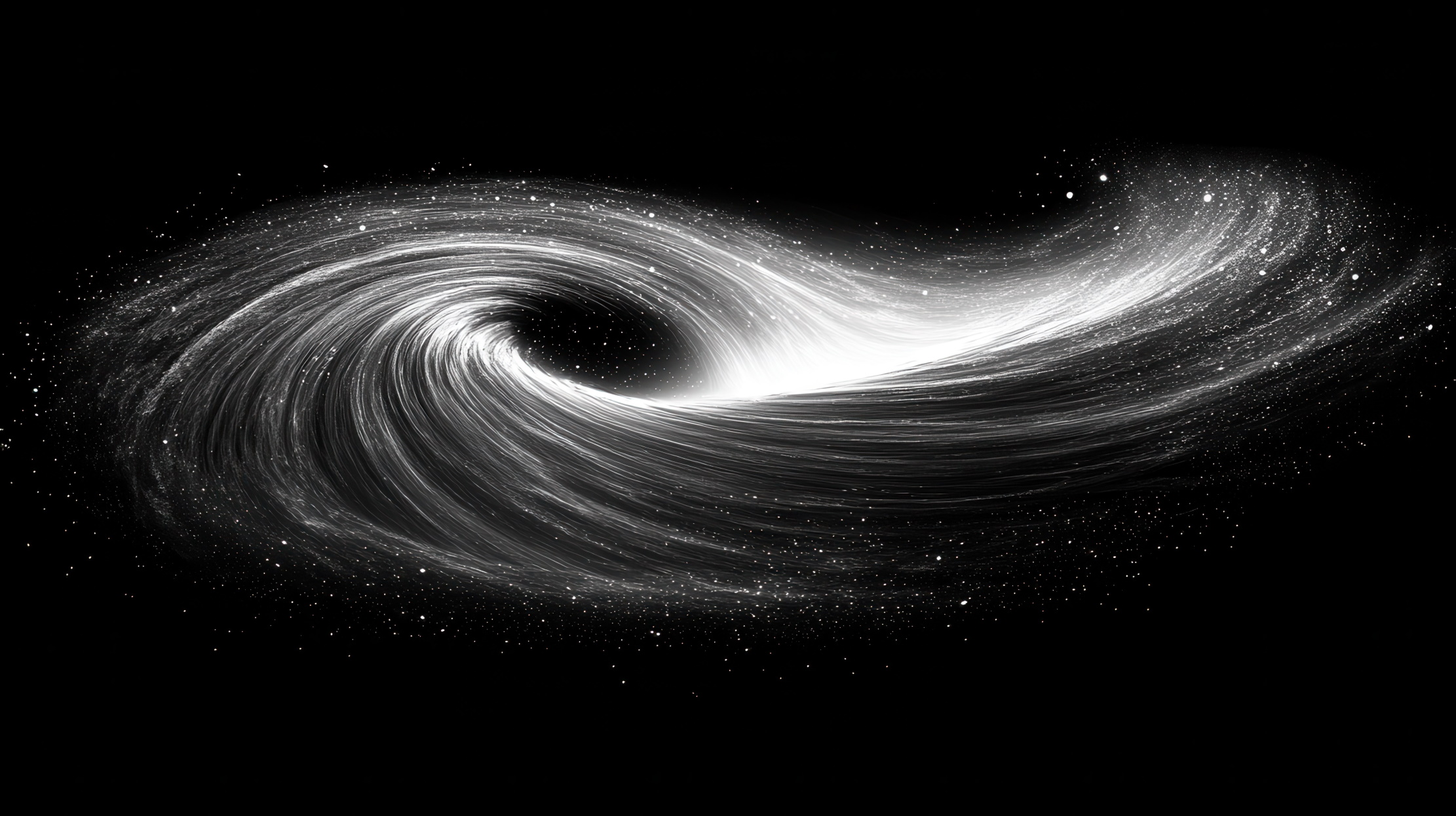Unravelling The Mysteries Of Quantum Cosmology – Dr Peter Evans, University Of Queensland
Original article reference:
https://doi.org/10.33548/SCIENTIA401
Share Episode
About this episode
This work is licensed under a Creative Commons Attribution 4.0 International License. 
What does this mean?
Share: You can copy and redistribute the material in any medium
or format
Adapt: You can change, and build upon the material for any
purpose, even commercially.
Credit: You must give appropriate credit, provide a link to the
license, and indicate if changes were made.
Related episodes
Dr Jerzy Lorkiewicz | How a Thin Film Could Transform the Future of Particle Accelerators
Building the next generation of particle accelerators depends on solving surprisingly small but stubborn material-related problems. Dr Jerzy Lorkiewicz and his collaborators of the National Centre for Nuclear Research in Poland tackled one of the toughest challenges: how to make lead films stick firmly to niobium, to realise his vision of a fully superconducting electron injector. By implanting lead ions into the niobium before adding a lead layer, his team created a smoother, more durable bond that resisted peeling. This innovation brings us closer to more efficient electron injectors for powerful particle accelerators.
Dr Michelangelo Anastassiades – Ann‑Kathrin Schäfer | A Smart Solution for Detecting Hidden Pesticides in Food
Highly polar pesticides such as glyphosate are notoriously difficult to detect in food due to their chemical properties and interference from natural food compounds. A new method developed by Dr Michelangelo Anastassiades and Ann‑Kathrin Schäfer of CVUA Stuttgart, and their colleagues, offers a more accurate and practical way to identify residues of these pesticides. By simplifying sample preparation and reducing interference, the method delivers reliable results across a wide range of foods. This development improves routine food safety testing and strengthens our ability to monitor potentially harmful pesticides.
Robert Nesbet | Universal conformal symmetry: Solution of the mysteries of cosmology?
For over a century, Einstein’s theory of general relativity has underpinned our understanding of gravity. However, it still hasn’t been able to explain some of the most enduring mysteries in cosmology, including the need for vast quantities of dark matter, which has gone undetected for decades. Today, this need has been explained by Conformal Gravity: a framework which modifies Einstein’s theory by requiring that the laws of physics must stay the same, even if all fields are scaled up or down at every point in space and time. Through his research, Robert Nesbet of IBM’s Almaden Research Center argues that this principle – named ‘universal conformal symmetry’ – should apply to all fundamental fields. If correct, this framework could eliminate the need for dark matter and dark energy.
Dr. Arthur Snow | From Firefighting Foams to Molecular Mysteries: A Surfactant’s Unexpected Journey
Scientific discovery often unfolds in unexpected ways. What begins as a search for solutions to real-world challenges can lead researchers into unexplored scientific territory, where unconventional ideas emerge and spark debate. This dynamic was at the heart of research by Dr. Arthur W. Snow and Dr. Ramagopal Ananth in the Chemistry Division of the US Naval Research Laboratory. Their study aimed to address a pressing need: replacing fluorocarbon surfactants in firefighting foams. What they discovered would take them beyond firefighting applications and into fundamental questions about the nature of water itself.
Increase the impact of your research
• Good science communication encourages everyday people to be scientifically literate so that they can analyse the integrity and legitimacy of information.
• Good science communication encourages people into STEM-related fields of study and employment.
• Good public science communication fosters a community around research that includes both members of the public, policymakers and scientists.
• In a recent survey, 75% of people suggested they would prefer to listen to an interesting story than read it.

Upload your science paper
Step 2
SciPod script written
Step 3
Voice audio recorded
Step 4
SciPod published




